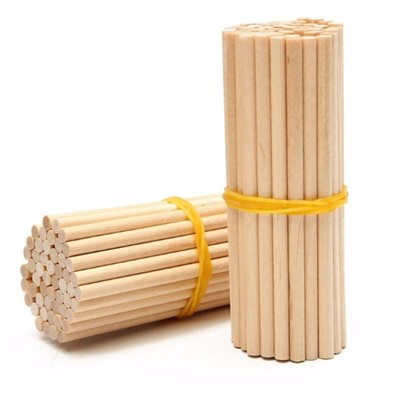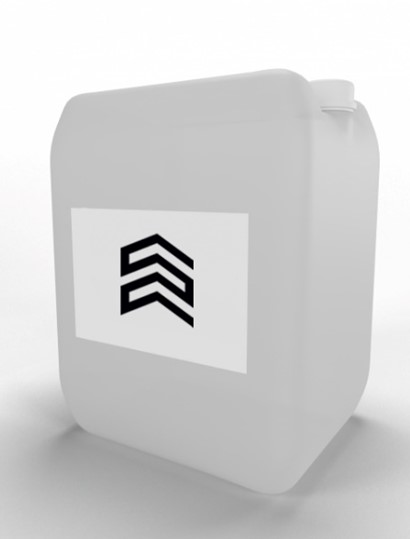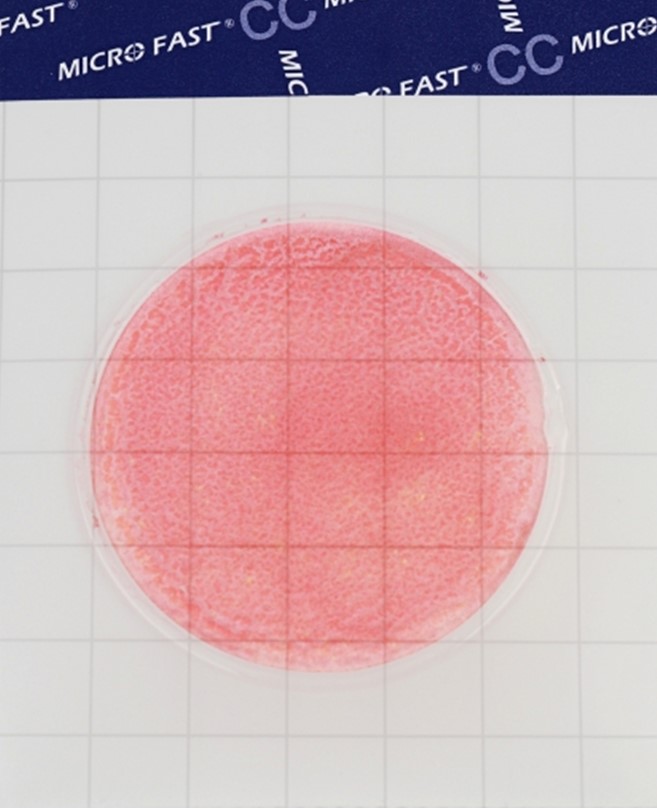How and why the share of imports in the Russian economy is declining
Physical volumes of goods imports to RUSSIA in 2024 will decrease by 1–3%, which is 4 percentage points (pp) worse than expected in the spring (plus 1–3%), the Bank of Russia indicated in a commentary (.pdf) to to its medium-term forecast on August 7. The deterioration in the forecast dynamics of imports is due to the strengthening of sanctions barriers “in terms of payments and logistics,” the Central Bank stated. In terms of value, the forecast for imports of goods and services was reduced by 3.7% compared to the April version, including due to “difficulties encountered with payments.” And although the Bank of Russia believes that this problem will further decrease, “the ratio of imports to GDP is expected to remain in the medium term at a lower level than in 2021.”
In the period 2011–2021, the share of imports in GDP amounted to 20.5% on average per year; the figure was at the same level (20.6%) in the “pre-sanction” 2021, according to Rosstat data. In 2022, against the backdrop of the sanctions shock, imports to GDP fell to 15.1%, and at the end of 2023 they grew to 19.1%. President Vladimir Putin, in a May decree, set the goal of reducing the share of imports in Russian GDP to 17% by 2030. Previously, he outlined this goal in his message to the Federal Assembly at the end of February, and Maxim Oreshkin (at that time assistant to the president, now deputy HEAD of the presidential administration) explained that such a reduction in the share of imports in the GDP structure implies that Russian companies will be able to occupy the vacated niches and earn 3.5 trillion rubles.
RBC asked economists what such a significant reduction in the share of imports would mean for the Russian economy.
How do payment problems affect imports?The experts interviewed do not exclude that the goal of reducing imports from the May presidential decree can be achieved much earlier, but this does not mean a comparable increase in import substitution - part of the result will be a net reduction in imports. “By 2024, there will be a shortage of imports due to problems with payments for them in CHINA. it is still difficult to assess how deep the failure will be for the year as a whole,” says Anton Prokudin, chief macroeconomist at Ingosstrakh-Investments Management Company. According to his estimates, for the first half of the year imports to GDP amounted to about 18%.
China is the largest source of imports for Russia. In 2023, the import of Chinese products to Russia increased by 47%, to $111 billion (data from the General Administration of Customs of the People's Republic of China). In the first half of 2024, exports from China amounted to $51.7 billion, decreasing by about 1% compared to the same period of the previous year (the decline began in March amid the threat of secondary sanctions for foreign banks from the United States ). Today, many Chinese manufacturers ship goods on credit, since the problem with payments has not been completely resolved, experts in the field of foreign trade told RBC in July. REUTERS reported on August 8 that Russia and China are discussing the use of barter schemes in trade. RBC also reported that exports of goods from Turkey to Russia in the first half of 2024 decreased by 28%.
According to Andrei Gnidchenko, a leading expert at the Center for Macroeconomic Analysis and Short-Term Forecasting, the Central Bank’s import forecast has been significantly worsened only for 2024, and this means that the drop in imports is considered temporary and surmountable. “Accordingly, the target for the share of imports to GDP of 17% is unlikely to be achieved in 2024. The new forecast reflects a certain status quo, in which the peak of problems with payments was passed in the first quarter, and in the second half of the year the situation will remain tense, but not so critical,” says the expert. The Bank of Russia writes that on the horizon of 2025–2027, the gradual expansion of imports of goods and services will resume due to the diversification of supplies and the development of new logistics chains.
According to Prokudin, the decrease in imports to GDP is not due to a decrease in the economy’s needs, but to problems with payments. “Therefore, this will lead to an increase in the cost of missing goods, and also, in the case of long-term problems, to the shutdown of individual production facilities that used foreign raw materials and components. This will further increase the prices of such goods due to shortages,” the expert fears.
The chief economist of T-Investments, Sofya Donets, recalls that, speaking of a decrease in the share of imports in the Russian economy, one cannot help but note the steady decline in exports. “We must understand that this reality of low imports to GDP also includes lower exports to GDP. Our foreign trade activity is simply proportionally decreasing,” explains Donets. Against this background, even with such a decrease in imports, the trade balance surplus remains at a more or less stable level, although slightly lower than the average in the pre-crisis decade.
In 2023, the share of exports of goods and services in Russian GDP was at a record low since 2011 (when the methodology for statistical calculation of GDP changed), RBC wrote. The Central Bank explained the decline in exports by a reduction in the value of supplies of mineral raw materials in the context of a worsening international price environment.
Does a high key rate affect the import of goods?The lag in imports from last year’s dynamics is due not only to increased sanctions pressure since the beginning of the year and growing problems with cross-border payments and logistics, but also to a tight monetary policy (MCP), the Central Bank writes, citing a survey of companies. “Taking into account the current monetary policy and changes in external conditions, we should expect more moderate import dynamics in the future than previously estimated,” the regulator said in the commentary on the forecast.
So far, strict monetary policy does not have a classic impact on imports, as it is written in textbooks, Donets notes. “The monetary policy on imports operates through two channels - through domestic demand and through the ruble exchange rate. We see how high interest rates have affected the financial sector and how Russians' savings are rapidly being transferred to short-term ruble deposits, which supports the ruble . But at the same time, ruble support is not yet reflected in imports, and they are determined by external factors,” explains Donets.
The head of the analytical research department of the Institute of Comprehensive Strategic Studies, Sergei Zaversky, in turn, notes that now high rates will still help reduce demand for imports. “The long-term, long-term effects of such policies need to be taken into account. Against the backdrop of tough monetary conditions, less production capacity will be created within the country, and, accordingly, in the future, the revival of domestic demand will contribute to the expansion of imports and its faster dynamics compared to domestic production,” he believes.
According to Prokudin, monetary policy can indirectly lead to a reduction in capital costs, which will slow down the purchase of equipment abroad. “But history up to 2022 shows that there was no significant effect from a strong increase in import rates. As a share of GDP, in past crises it only slightly deviated from normal values and quickly returned back,” explains the expert.
What is happening with import substitutionImports will remain at a lower level in relation to GDP, and the growth rate of imports in 2024–2025 will lag behind the dynamics of domestic demand, including due to import substitution processes, the Central Bank notes. These processes partly explain the 12.9% increase in gross fixed capital formation in the first quarter of 2024, the highest since the end of 2021.
In a summary of the discussion of the key rate, the Bank of Russia indicates that in the context of current sanctions on imports, as well as the departure of a number of foreign companies, businesses are seeking to occupy vacated niches in the market. At the same time, the availability of financing for investment does not remove non-financial restrictions. “Thus, companies report that due to increased sanctions, it has become more difficult to purchase equipment and components to maintain the operation of existing production facilities and create new ones,” the Central Bank says in its materials.
The question is not so much in the dynamics of the volume of imports itself, but in the dynamics of its structure, Zaversky believes. “In our case, the decline in the import-to-GDP ratio is rather a problem. The import of components, components, equipment and technological products in general is for us the most important factor in maintaining the positive dynamics of development and structural transformation of the economy. And even import substitution itself without importing technology seems extremely problematic,” the expert notes.
In the field of consumer goods, according to Zaverskiy, the situation is diverse. “On the one hand, by limiting imports, niches are created for domestic producers, and this is a positive thing. But on the other hand, the slowdown in imports of a number of consumer goods that do not have suitable domestic substitute goods contributes to increased rates of inflation, not only due to a direct increase in their cost due to increased costs of settlements and transport, but also due to the formation of local deficits in individual markets,” he says.
Positive import substitution, according to Donets, is taking place in those areas where imports are unavailable or some kind of barriers appear. “In 2015–2016, the agricultural sector received such a “boost”; in 2020, domestic tourism developed rapidly due to the inaccessibility of external tourism; now many manufacturing industries have joined the less accessible sectors. Here, external conditions have given impetus to import substitution, and this is good,” she emphasizes.
According to Gnidchenko, the decrease in the share of imports in GDP cannot be considered an unambiguously positive or negative process; it is rather an ambivalent process, reflecting the structural restructuring of the economy. It is now difficult to assess the contribution of import substitution and even the intensity of this process, since the lack of detailed trade statistics is superimposed on significant structural changes, the expert points out. “The situation may vary greatly across different sectors. For example, in the automotive industry, according to indirect estimates, the share of imports has increased significantly due to the departure of many foreign companies, as a result of which the activity of assembly plants in the country has dropped significantly, and imports from China have compensated for these losses,” Gnidchenko gives an example.
But there is an opposite example - household chemicals, where the share of domestic products on retail shelves has increased significantly, since the departure of foreign brands was combined with the presence of their own competencies, he adds. “It’s difficult to say in what direction the balance of the economy as a whole is heading: we are in a situation of constant structural changes and adaptation to new conditions,” summarizes Gnidchenko.
Read together with it:
- Belstat reported how much grain, milk, meat, and vegetables are produced in Belarus per capita.November 14, MINSK . Belarus produces 913 kg of grain, 958 kg of MILK, 341 kg of potatoes, and 304 kg of vegetables per capita, according to a review by the National Statistical Committee for the Day of Agricultural and Processing Industry Workers, BELTA reports. The country also produces 78 kg of fruits and berries, 147 kg of livestock and poultry (slaughter weight), and 4......
- The IEA sees a risk of a decline in oil production in Russia due to sanctions.The IEA sees a risk of reduced oil production in RUSSIA due to US sanctions , but maintains its production forecast. According to the IEA, Russian oil exports will remain unchanged.There is a "significant downside risk" to Russia's oil production forecast due to US sanctions, the International Energy Agency (IEA) said in a report.BLOOMBERG . The agency's experts believe that the latest US sanction...
- UniCredit заявил о галактических усилиях из-за санкций против РоссииUniCredit старается не нарушить «более 15 тыс. санкций», а также не «совершать ошибки», которые позволят изъять его активы в России, заявил гендиректор. После начала военной операции банк начал рассматривать возможность ухода Итальянский банк UniCredit прилагает «галактические усилия», пытаясь соблюсти международные санкции в отношении своего российского подразделения. Об этом заявил генеральный д...




























































